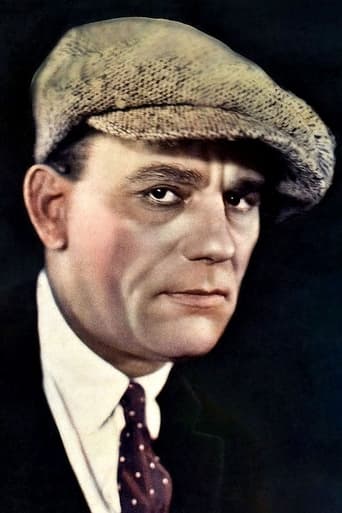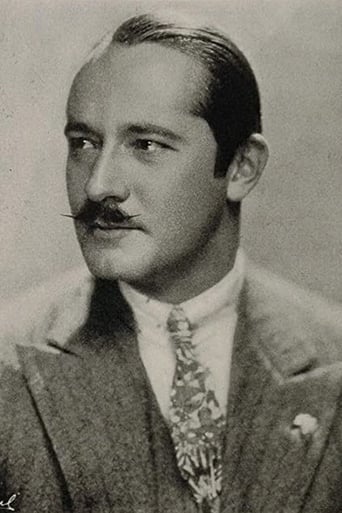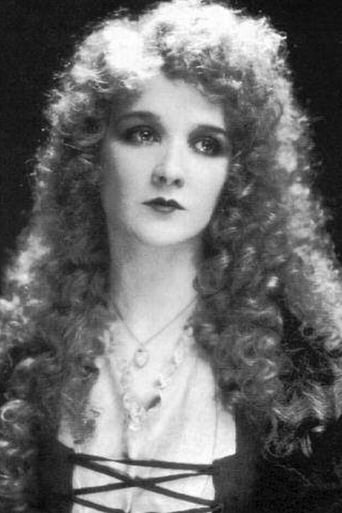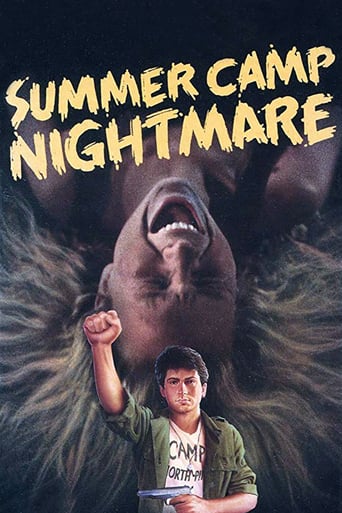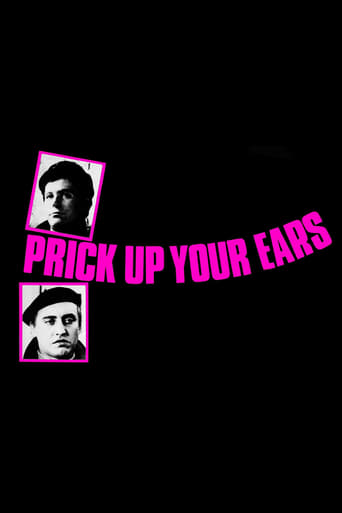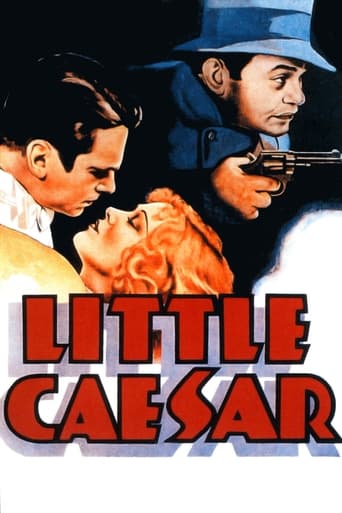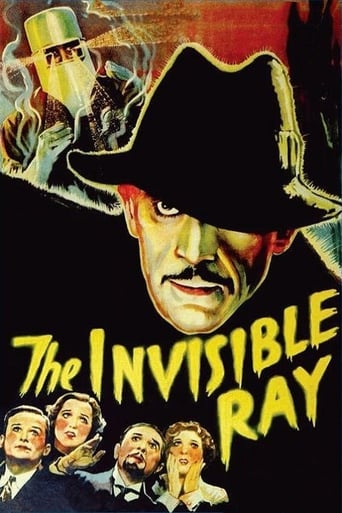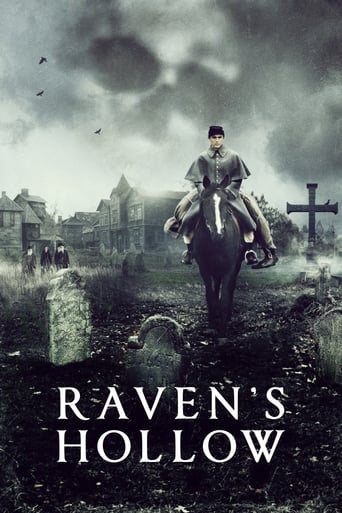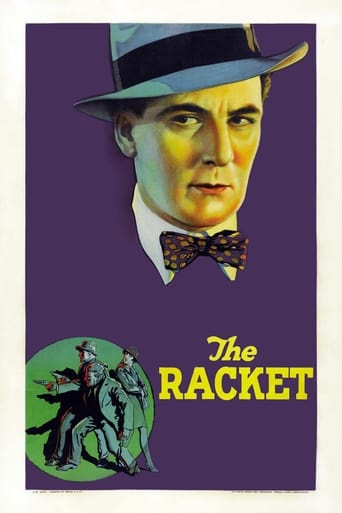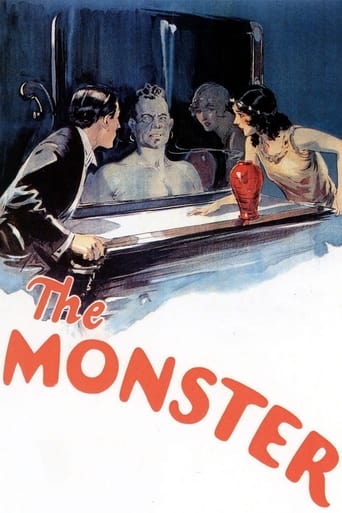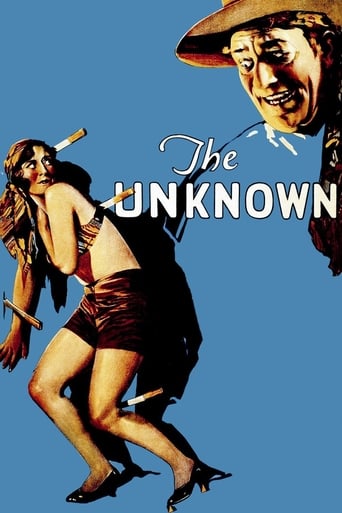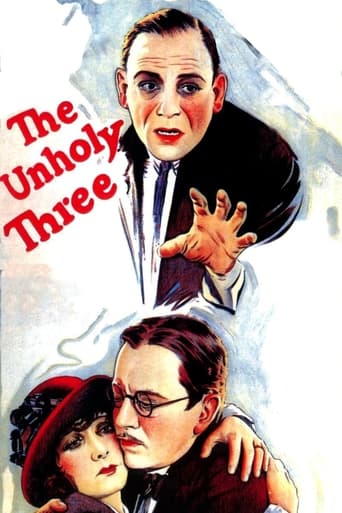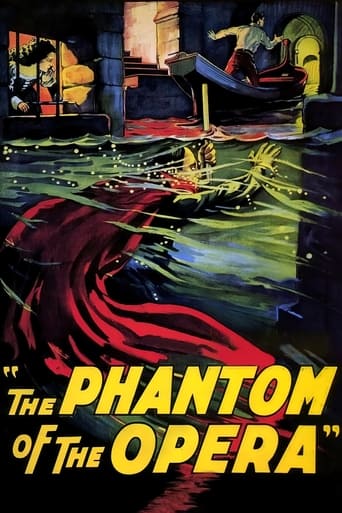
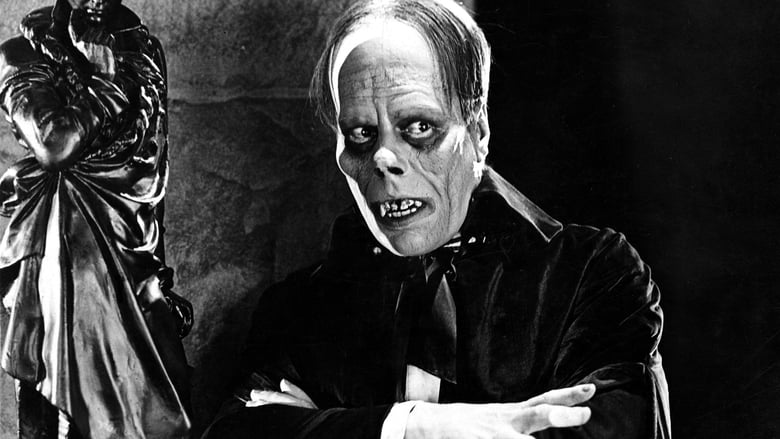
 Watch Now
Watch Now





The Phantom of the Opera (1925)
 Watch Now
Watch Now





The deformed Phantom who haunts the Paris Opera House causes murder and mayhem in an attempt to make the woman he loves a star.
Watch Trailer
Cast


Similar titles
Reviews
I like the storyline of this show,it attract me so much
How sad is this?
The movie's neither hopeful in contrived ways, nor hopeless in different contrived ways. Somehow it manages to be wonderful
The plot isn't so bad, but the pace of storytelling is too slow which makes people bored. Certain moments are so obvious and unnecessary for the main plot. I would've fast-forwarded those moments if it was an online streaming. The ending looks like implying a sequel, not sure if this movie will get one
Silent movie star and all-round horror icon Lon Chaney was known as the 'Man of a Thousand Faces'. His gift for make-up and prosthetic work meant that he was able to transform himself into some of the most iconic characters of the silent era, such as the masked Phantom of Phantom of the Opera, and Quasimodo in 1923's The Hunchback of Notre Dame. But Chaney didn't become a legend simply for his skills with a make-up brush, he was also a damn fine actor. Having grown up with two deaf parents, Chaney became incredibly skilled at pantomime, something that would benefit him when he was eventually promoted to silent film. The Phantom himself is what people remember and take away from the story, not the plot, the dialogue or the songs of Andrew Lloyd Webber's later musical adaptation, and much of this is thanks to Chaney's memorable incarnation, which was only the second on film (1916's Das Phantom der Oper is now lost).Adapted from Gaston Leroux's 1910 novel Le Fantome de l'Opera, the story is centred around Paris Opera House, which has recently been acquired by two men who laugh off any suggestion that a cloaked ghost known as 'The Phantom' stalks the halls at night. The new season is about to open with Faust, led by prima donna Carlotta (Mary Fabian), whose understudy Christine Daae (Mary Philbin) has made a rapid rise from a mere chorus girl to potential star-in-waiting. Somebody is clearly a fan of Christine, as Carlotta's mother (Virginia Pearson) receives a letter demanding that Christine be given the lead, otherwise a great tragedy will befall her daughter. The note is signed by the Phantom, but Carlotta sings anyway. Soon enough, she is taken ill, and Christine steps in to wow the audience and her fiance Vicomte Raoul de Chagny (Norman Kerry). Visited by the shadowed Phantom late one night, she is told that she has been touched with a divine voice, and nothing can now stop her career, as long as she agrees to obey the wishes of her new master.She soon discovers that these wishes involve her heading through a secret passage into the catacombs beneath the Opera House and living out her days in solitude with a disfigured creature who hopes she will return his love. The Opera House was built upon some kind of palace complete with torture chambers, and Christine is whisked off on horseback and gondola to the Phantom's secret lair. This sequence is captured with a dream-like quality, blurring the lines between reality and nightmare, although it has a sense of eerie beauty to it also. The eventual unmasking of Phantom, or Erik as he reveals himself to be, is one of the most famous images in cinema. Even though you know the moment is coming, Chaney's expression of shock and rage at being revealed to the world still has the ability to send a shiver down the spine. It is a shot that wouldn't have had quite the same impact if not for Chaney's involvement, and the actor also manages to squeeze some sympathy out of his bitter, twisted and completely insane romantic. It's far from the best chiller to emerge from the silent era, but it is undoubtedly one of the most influential.
at the end of silent movie era came a true classic and main triumph belongs to Lon Chaney who plays a mad phantom who'd been madly love on an actress of Paris opera house. Phantom haunts in the opera and masters Christine who he wants to be the main prima donna. mystery things happens and Christine gets her chance on stage. Christine's master and the phantom are same character which Christine finds out too late when phantom already been captured her assuming her to be his and only his property. Christines fiancée finds the way to phantoms cave and finally saves her. mad mob catches phantom and kills him. Lon Chaney makes a remarkable role as a mad and lonely phantom who is possessed by Christine wanting her love. rest of the cast in mainly statistics. sadly hero, Norman Kelly, is charmless and I had problems to take his role seriously. the opera gives a fine Gothic atmosphere to the film.
This film was great, the cinematography, the acting, the story, the characters, everything. One of the best aspects of this film its Lon Chaney, he delivers a great performance as the phantom of the opera (whos real name is Erik) truly outstanding, at first, you are interested in the character and why he commits such repulsive acts, like extortion and murder, but then you start to sympathize with him, its also a very important movie, many people consider this movie to be inferior to "Nosferatu" or other silent films, but I think this one is on par, if not, better than those films, its definitely more entertaining than "Nosferatu",I really liked "Nosferatu" but this one is superior when it comes to pacing and writing, it also delivers great spectacle, the Masked Ball scene is one of my favorite scenes in silent era. Its definitely worth a watch.
So cries the Phantom in the legendary unmasking scene in Rupert Julian's 1925 The Phantom of the Opera. This romantic-horror film about a depressed and horrifically disfigured criminal searching for love and human acceptance from an opera singer has been placed among the greatest stories on human nature. Yes, Andrew Lloyd Webber's 2004 Broadway musical-film is much more popular and seen. In fact, I have seen the musical both in stage and screen form many more times than the Phantom's kill count altogether. Even though Webber's version had the advantages of an enormous budget (over 102 times the cost of the original), he couldn't pull of the trick that Julian had done years before with this one.Unlike Webber's version, we don't see a dashing Gerald Butler with a face only made ugly by word of mouth, but instead we start with fright at Lon Chaney's skeletal Phantom, a horrible, disfigured monster. Yes, his physical hideousness plays a huge role in the plot. This despised monster has lived in the labyrinth of cellars beneath the Paris Opera House for years, tormenting and casting an eerie shadow over the Opera. But his eye is on a young Christine Daae (Mary Philbin), the understudy of the lead singer Carlotta hoping for her big break. Then, after years of planning, he casts the bait. Using his fearful reputation and homicidal talent as a tool, he gives Christine chance after chance of success and turns the ignorant Christine to love and adore him more than her fiancé, Vicomte Raoul De Chagny (the extraordinary Norman Kerry). Reeling in the unsuspecting catch, the Phantom doesn't seem to know of Raoul still desperately hoping and searching.Inherently, the films and silent films of the 20's to 40's were clean, although like Disney's animated movies, they contain some slight and easy- to-miss, suggestive dialogue. But in this Phantom, that dialogue is even fewer and subtler than known of the time. But weighing out that positive is the film's level of horror (still a PG level at the most, for frightening images). Truth be told, the most frightening scene has to be the dreadful unmasking of Lon Chaney's monster; it unexpectedly shocks the audience as much as Christine is alarmed.This Phantom is a murderer, propagandist, manipulator and a seducer. Though not seen for decades, he was the actual landlord of Opera House, collecting rent from the managers and haunting Box 5 of the theatre. As the story goes, the Phantom was an escapee from an insane prison only wishing to be loved and accepted like every other man, Erik by name. The original ending had the Phantom found at his organ, dead from a broken heart. This ending crafted the Phantom to be a more romantic and more human character, but was discarded for a climactic chase kept in the release. The version that I included here is the shorter 1996 re-release with Carl Davis' re-score. Still, the Phantom's morbid romantic fantasies stick to us along as much as Chaney's astonishing make-up tricks. So, choose a version on YouTube, switch the sound off, turn on your favorite "scary" music and watch along with your significant other.


